(July 21, 2023) The West was an elusive concept for many Indians in the early 1900s. Not many had dared to step into the world that was unlike anything back home, especially films. But Sabu Dastagir was one of those rare exceptions who took off to Hollywood when very little was known of it in India. This teenager from a small village in Mysore was one of India’s earliest talent to make it to the international film circuit.
He wasn’t just India’s first-ever star to make it to Hollywood but also the the first one to make his debut on Hollywood’s Walk of Fame.
Here’s the story of this elephant boy who went across the ocean with stars in his eyes.
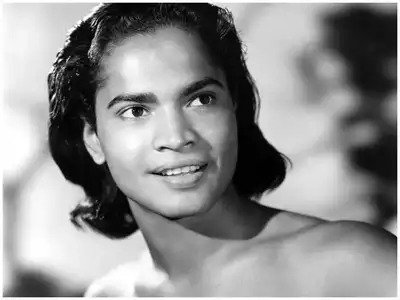
Sabu Dastagir
Real to reel – Elephant Boy
Born in 1924 in Mysore to a mahout (elephant rider) who served the Maharaja of Mysore, Sabu at the age of six started serving in the elephant stables after his father’s early demise. Like any average poor Indian kid of those times, he was determined to follow in the footsteps of his father and became a mahout. But destiny had a special plan for him. And that proposition came knocking on his door in the form of American documentary filmmaker Robert J Flaherty.
Flaherty was in Mysore to scout for location for his upcoming film Elephant Boy, when he chanced upon Sabu, who was mounted on an elephant. Seeing Sabu in his natural poise, the filmmaker knew he had found his lead star.
The film, based on a story Toomai of the Elephants from The Jungle Book by Ruyard Kipling, soon went into production. A real elephant boy was now on reel. After shooting for a few sequences in Mysore, Sabu was flown to England by producer and co-director Alexandra Korda along with his brother to shoot certain parts. And just like that a mahout from Mysore was ready for his debut in an English film.
In the cold winter of 1937, Elephant Boy opened to a spectacular reception in England, making Sabu an overnight star whose performance was widely appreciated by critics who called him a “complete natural.” Such was the success of the film that Flaherty and Korda shared the Best Director award at the Venice Film Festival that year. The epic win at the international film festival made Korda realise early that Dastagir had the potential to pull crowds, and soon signed him up for more films.
The Global Indian journey
This was the beginning of Sabu’s innings in English films. The next year brought with it the first technicolor film The Drum, and Sabu was roped in to play a prince. Based on the AEW Mason’s novel, the film revolved around a prince who is threatened by his uncle and becomes friends with a drummer. The film did well in Britain, however, back home in India, The Drum received backlash for being British propaganda material.
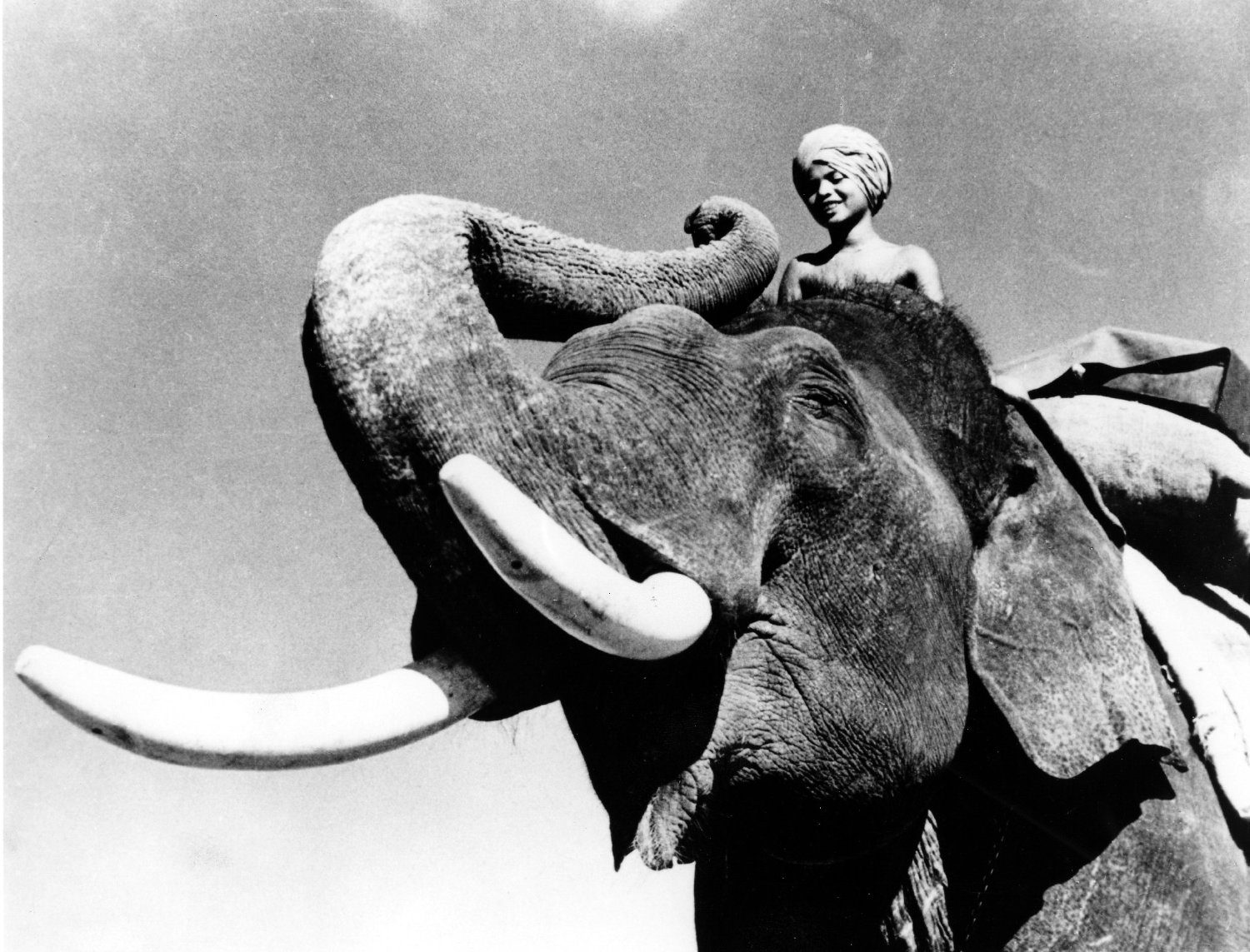
Sabu Dastagir in a still from Elephant Boy
Regardless, Sabu had become a star in his own right, and was busy signing films with British directors. One such collaboration led him to the 1940 fantasy adventure Thief of Bagdad. Known as producer Korda’s most expensive production ever, Thief of Bagdad saw Sabu give his finest performance. The film was a huge success and went on to win an Oscar for Best Cinematography, Best Visual Effects, Best Production Design and Best Original Score categories. Sabu found a fan in director Michael Powell, who was in awe of the actor’s “wonderful grace”.
In 1942, the actor shifted gears when Hollywood came calling and played Mowgli in Zoltan Korda’s The Jungle Book. Though the film steered away from Kipling’s original, it secured an Academy Award nomination for music and special effects.
That same year, he signed a contract with Universal Pictures. Arabian Nights was Universal Pictures’ spin on The Book of One Thousand and One Nights, and this adventure film marked his first appearance with actors Jon Hall and Maria Monez. He later went on to be a part of many such exotic-themed films like White Savage (1942) and Cobra Woman (1944).
The real-life hero
Well acquainted with America by now, he got his American citizenship in 1944 and the actor was also enlisted in the US Air Force. He wasn’t just a hero on screen, but in real life too — a distinguished war hero. He served as a tail gunner and ball turret gunner on B-24 aircraft during the World War II. His service earned him the Distinguished Flying Cross award.
At a time when everyone was reeling from the after-effects of the World War II, Sabu, too, started to see a downturn in his career. He struggled to get roles in Hollywood; for the next few years, he made appearances in a handful of films like Black Narcissus (1947) and Harringay Circus (1952). While his professional life was going slow, he found love in real life on the sets of his 1948 film The Song of India, where he met Marilyn Cooper and the two got married.
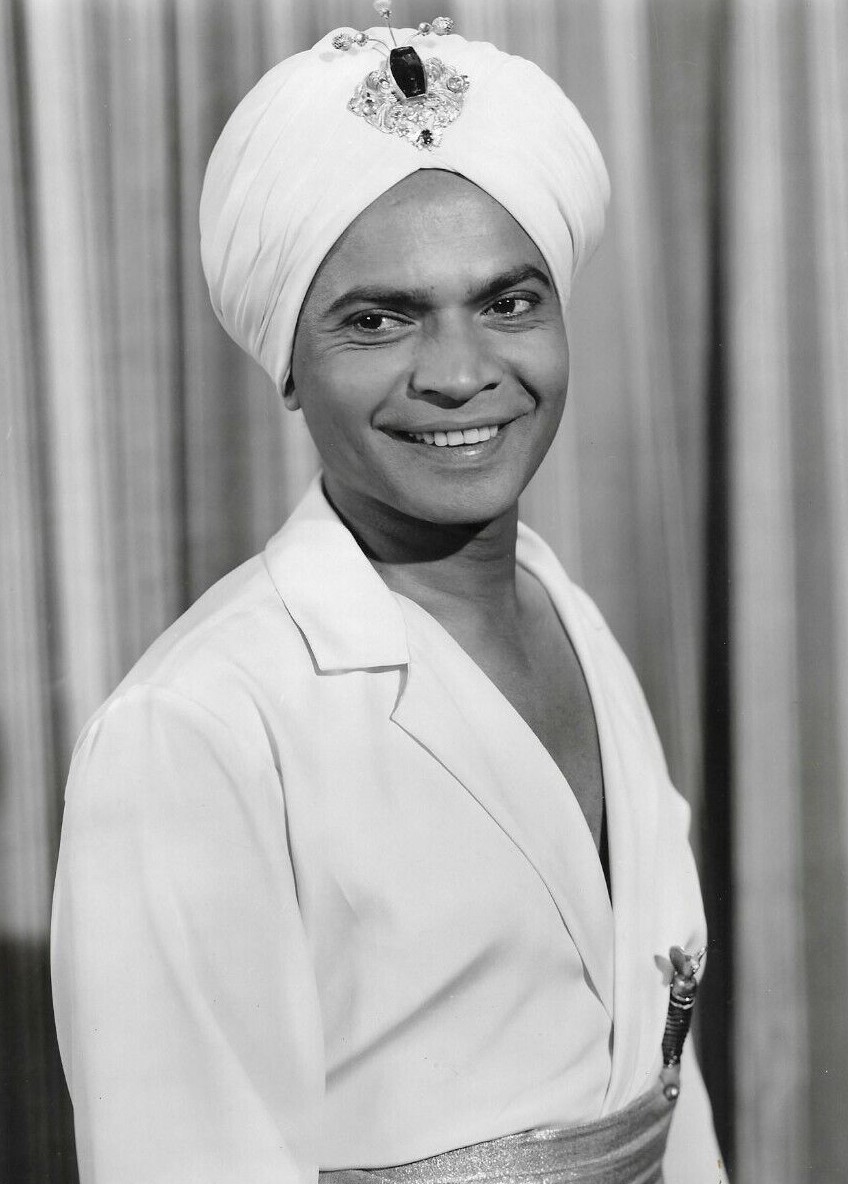
An almost Bollywood film
Though Sabu had a number of Hollywood and British films to his credit, his only chance of working with Bollywood was taken from him when he was denied a work permit in India. Had things worked in his favour, he would have been a part of one of the biggest Hindi films of all time — Mother India. Mehboob Khan considered him for the role of Birju, which was ultimately played by Sunil Dutt.
Though working in a Bollywood film remained an elusive dream, Sabu did find himself on Hollywood’s Walk of Fame in 1960, the first from India to do so. Shortly after, he died of a heart attack in Los Angeles at age 39.
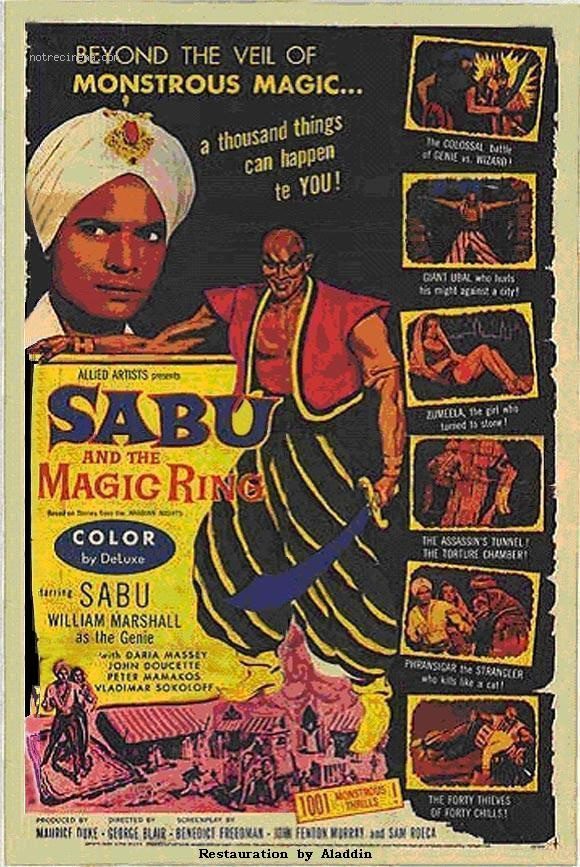
The poster of Sabu and the Magic Ring
His career in Hollywood and European films made him the first-ever Indian actor to gain fame and popularity in the West. From being an elephant boy to making his name in Hollywood, the Global Indian can be truly called India’s original hero who paved the way for Indian talent abroad.



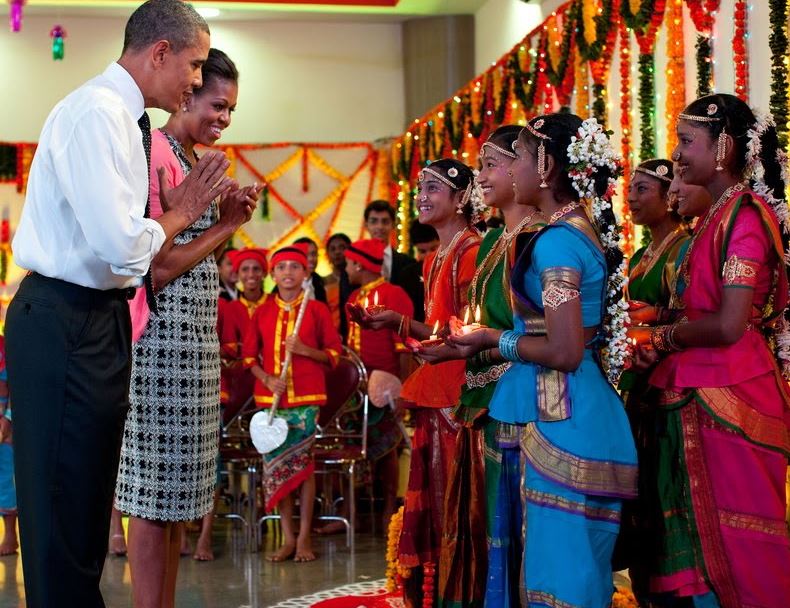 Obamas celebrating Diwali in 2010[/caption]
Obamas celebrating Diwali in 2010[/caption] A digital mural on One World Trade Center in 2021[/caption]
A digital mural on One World Trade Center in 2021[/caption]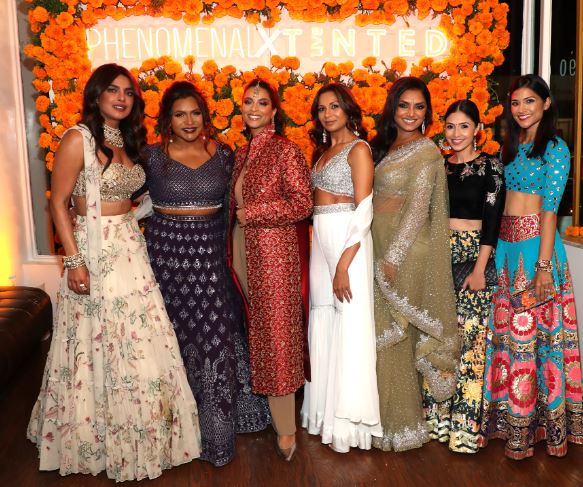 Celebrities and Influencers of the diaspora[/caption]
Celebrities and Influencers of the diaspora[/caption]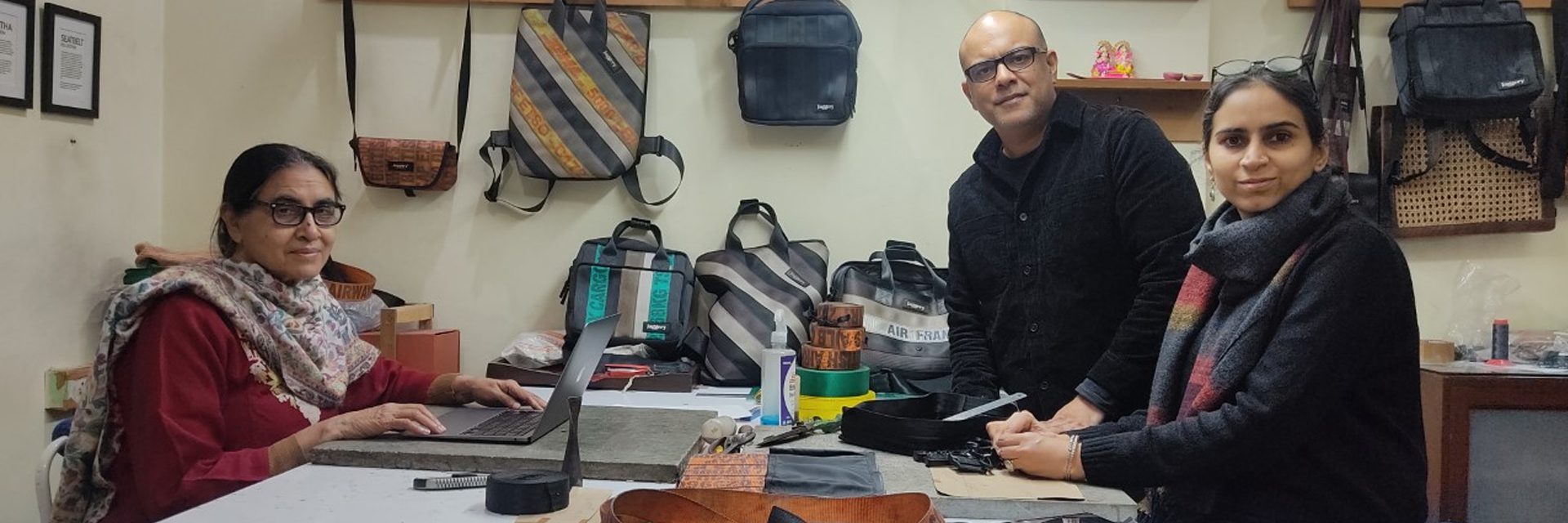
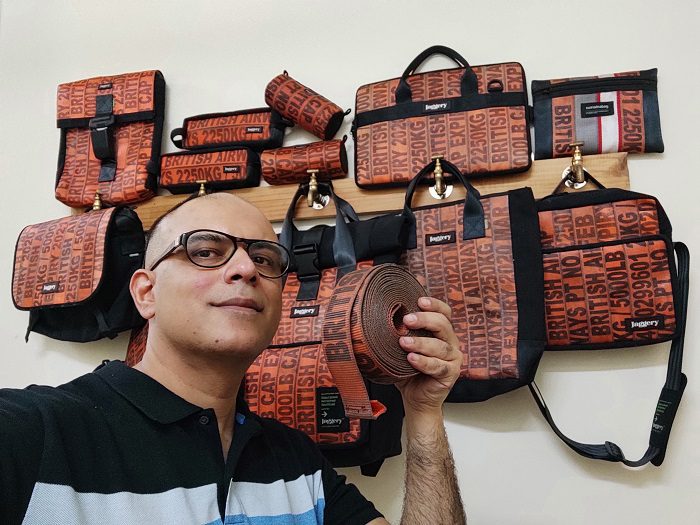 Gautam Malik with his eco-friendly bags[/caption]
Gautam Malik with his eco-friendly bags[/caption] Products by Jaggery Bags[/caption]
Products by Jaggery Bags[/caption] Gautam Malik with his wife Bhawna Dandona[/caption]
Gautam Malik with his wife Bhawna Dandona[/caption]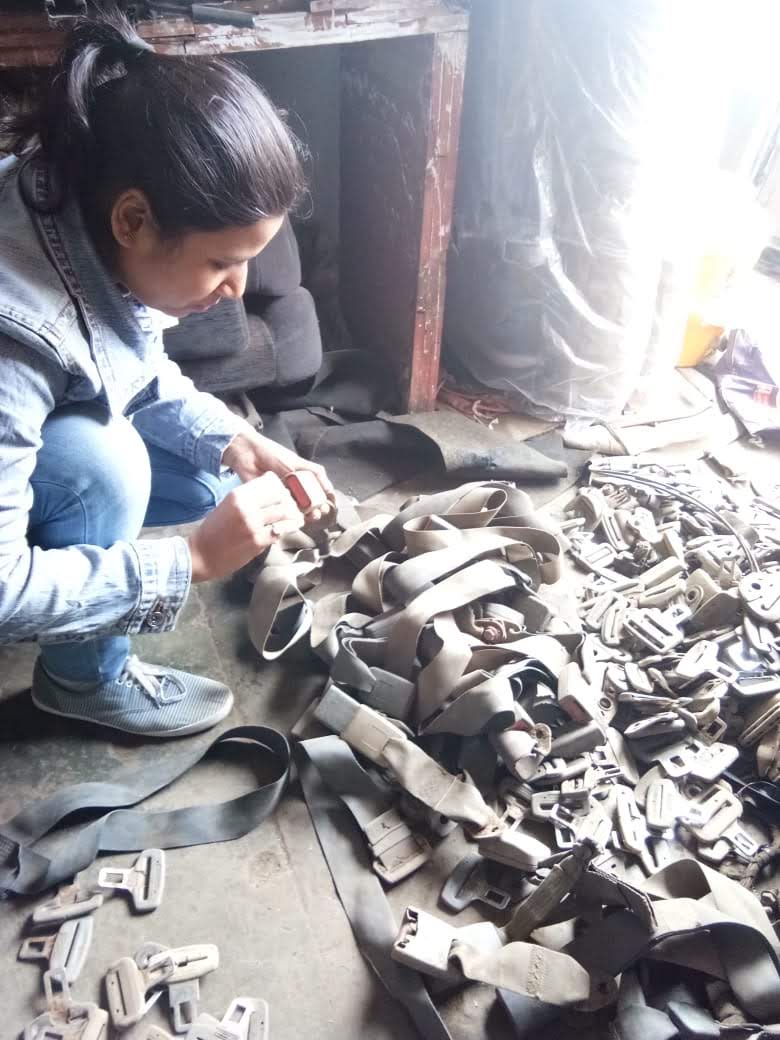 Sourcing car belts from Mayapuri[/caption]
Sourcing car belts from Mayapuri[/caption]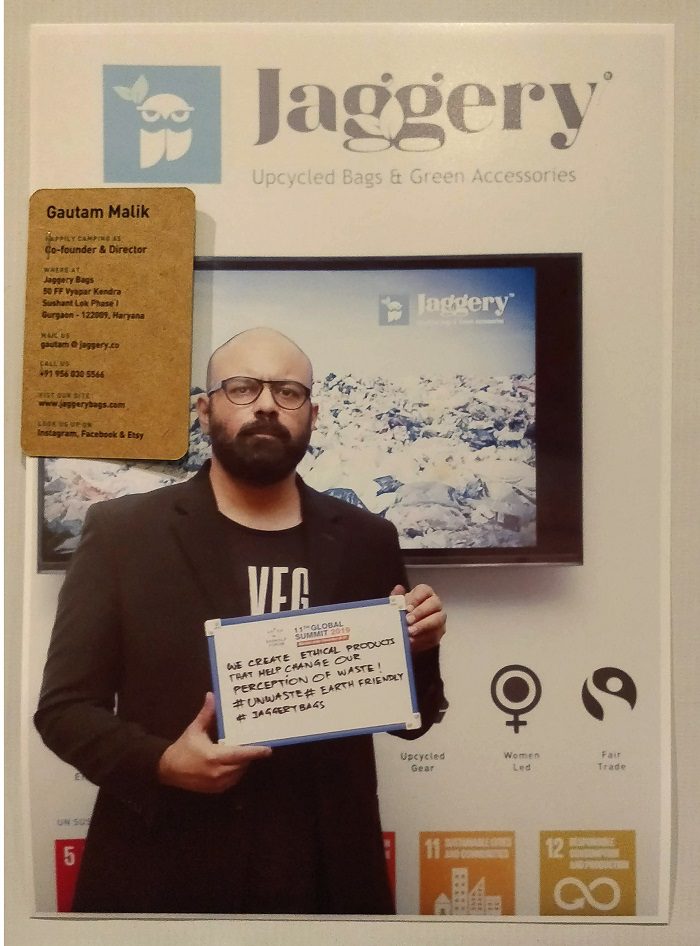 Gautam Malik at Sankalp Forum[/caption]
Gautam Malik at Sankalp Forum[/caption]

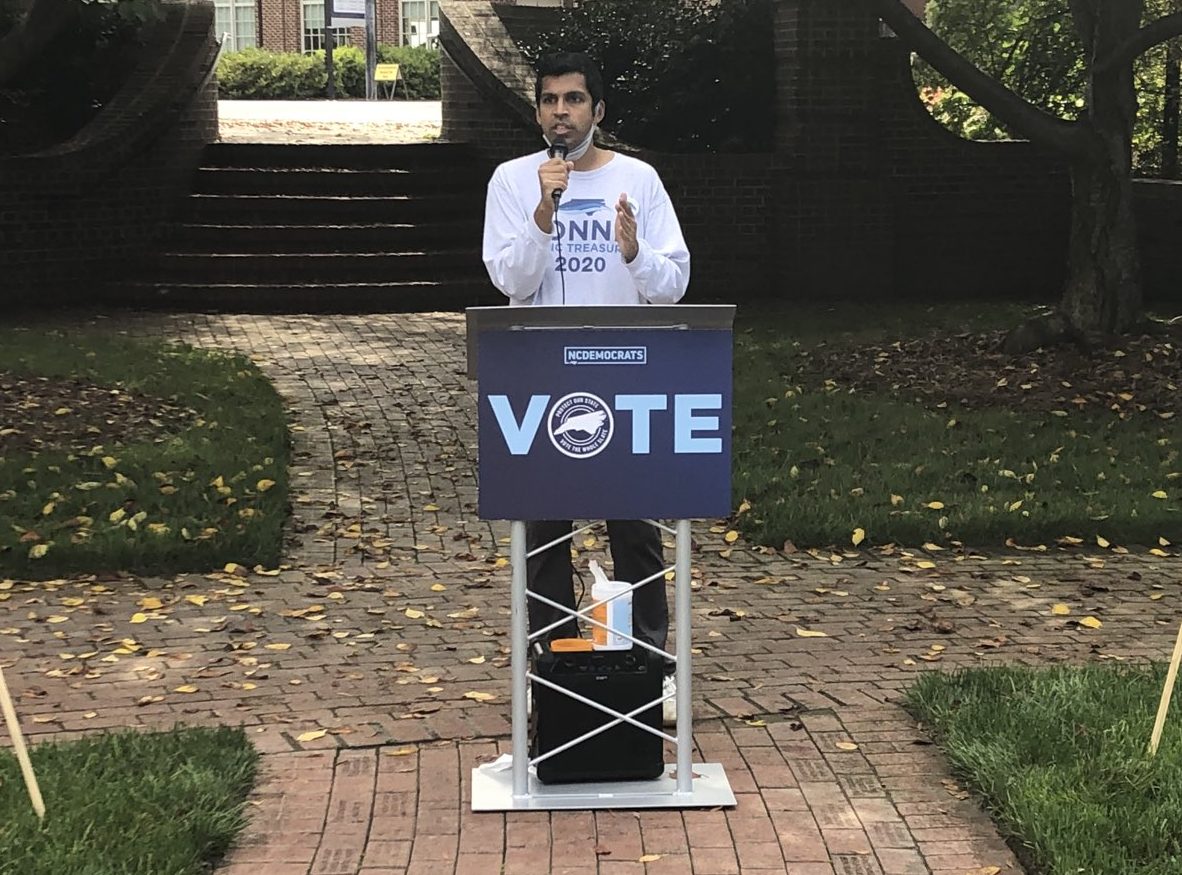
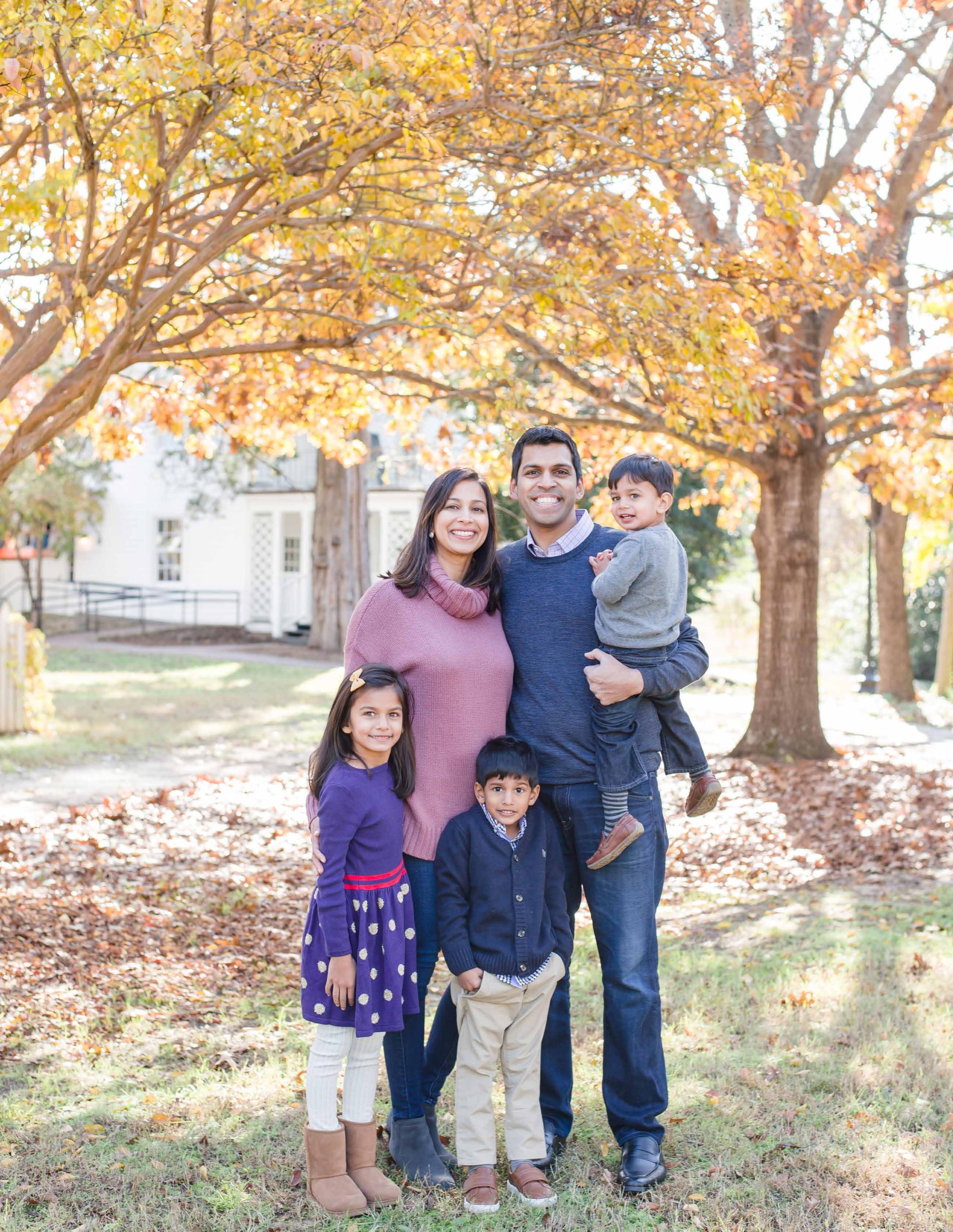 Dr. Chatterji with his family[/caption]
Dr. Chatterji with his family[/caption]
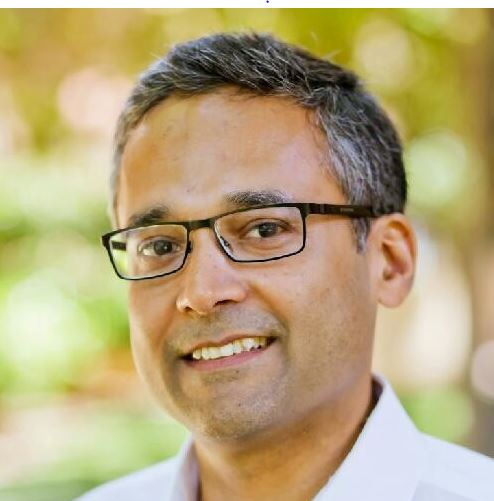 Rahul Roy-Chowdhury[/caption]
Rahul Roy-Chowdhury[/caption]